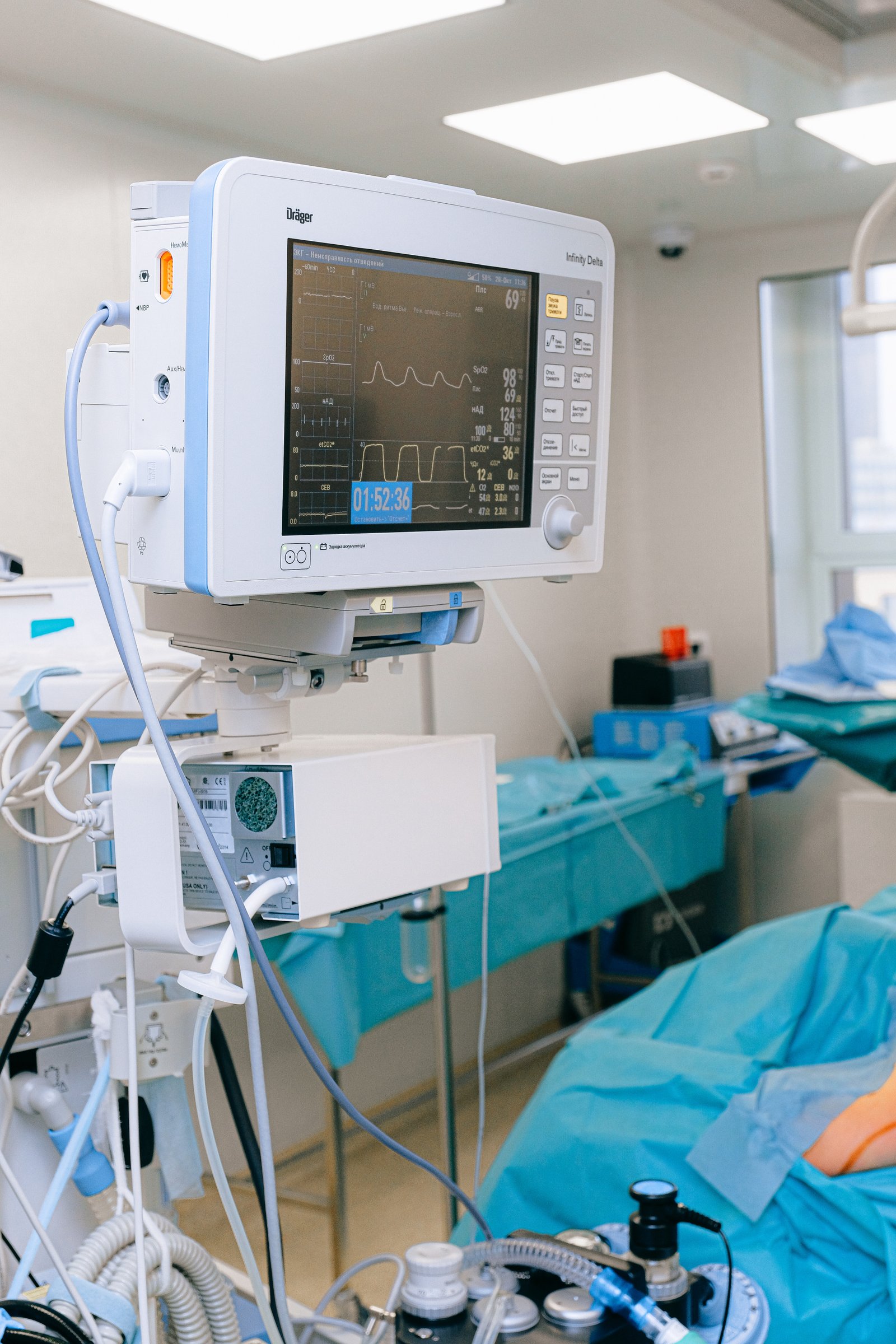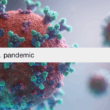
If you’ve been diagnosed with gallstones or gallbladder disease, your doctor may recommend surgery to remove your gallbladder. While the thought of surgery can be daunting, it’s important to understand what’s involved in making an informed decision about your health. In this comprehensive guide, we’ll take you through everything you need to know about surgery for gallbladder, including the types of procedures available, what to expect before, during, and after surgery, and the potential risks and complications you should be aware of. We’ll also provide tips on preparing for surgery, what to eat post-surgery, and how to manage any discomfort or pain you may experience. So, whether you’re facing gallbladder surgery for the first time or are simply curious about the procedure, read on to learn everything you need to know to make the best decisions for your health.
Types of gallbladder surgeries
There are two main types of gallbladder surgery: open and laparoscopic. Open surgery, or traditional surgery, involves making a large incision in the abdomen to remove the gallbladder. Laparoscopic surgery, on the other hand, is a minimally invasive procedure that involves making several small incisions in the stomach and using a laparoscope, a thin tube with a camera and light attached, to guide the surgeon in removing the gallbladder.
Laparoscopic surgery is the preferred method of gallbladder removal because it is less invasive than open surgery, requires a shorter hospital stay, and has a faster recovery time. However, open surgery may be necessary if the gallbladder is severely inflamed or infected or there are complications during the laparoscopic procedure.
Reasons for getting gallbladder surgery
Gallbladder surgery is usually recommended for patients with gallstones or gallbladder disease. Gallstones are small, hard deposits that form in the gallbladder, while gallbladder disease refers to any condition that affects the gallbladder’s function. Symptoms of gallstones and gallbladder disease can include abdominal pain, nausea, vomiting, fever, and jaundice.
If left untreated, gallstones and gallbladder disease can lead to serious complications, such as inflammation, infection, or blockage of the bile ducts. In some cases, gallstones may even cause pancreatitis, a painful pancreas inflammation.
Gallbladder surgery is typically recommended if a patient experiences recurrent gallstone attacks or has symptoms of gallbladder disease that affect their quality of life. In some cases, gallbladder surgery may also be recommended as a preventive measure for patients at high risk of developing gallstones or gallbladder disease.
Preparing for gallbladder surgery
If you’ve been scheduled for gallbladder surgery, there are several things you can do to prepare for the procedure. Your surgeon will provide you with specific instructions, but some general tips include:
– Follow a clear liquid diet for 24 hours before the surgery.
– Stop taking certain medications, such as blood thinners or aspirin, as instructed by your surgeon.
– Arrange for someone to drive you home after the surgery, as you cannot drive for at least 24 hours.
– Pack a bag with comfortable clothing and any personal items you may need during your hospital stay.
It’s also important to discuss any concerns or questions you may have with your surgeon before the procedure. They can provide more detailed information about what to expect and help alleviate your anxieties.
Gallbladder surgery procedure
During the laparoscopic gallbladder surgery, the surgeon will make several small incisions in the abdomen and insert a laparoscope to guide the procedure. They will then use small surgical instruments to remove the gallbladder. The surgery typically takes about an hour to complete, and most patients can go home the same day.
In open gallbladder surgery, the surgeon will make a larger incision in the abdomen to remove the gallbladder. The surgery may take longer, and patients typically need to stay in the hospital for a few days to recover.
Both laparoscopic and open gallbladder surgery are safe procedures with a low risk of complications. However, as with any surgery, there are some potential risks you should be aware of, such as bleeding, infection, and injury to nearby organs.
Recovery from gallbladder surgery
After the surgery, you’ll spend some time in the recovery room to be monitored for any complications. Once you’re stable, you’ll be moved to a hospital room to rest and recover. Most patients can go home the same day or the day after surgery.
You may experience discomfort or pain around the incision sites in the first few days after surgery. Your surgeon may prescribe pain medication to help manage any discomfort. It’s important to follow your surgeon’s pain management instructions and avoid taking additional pain medication without their approval.
You’ll also need to take some time off work or other activities to allow your body to heal. Your surgeon will provide specific instructions on when you can resume normal activities.
Complications of gallbladder surgery
While gallbladder surgery is generally safe, there are some potential complications you should be aware of. These can include:
– Bleeding
– Infection
– Injury to nearby organs, such as the bile ducts or liver
– Allergic reactions to anesthesia or other medications
Discussing these risks with your surgeon before the procedure is important so you can make an informed decision about your health.
Dietary changes after gallbladder surgery
After gallbladder surgery, you may need to make some dietary changes to help your body adjust to the absence of the gallbladder. Your surgeon or a registered dietitian can provide you with specific recommendations, but some general tips include:
– Gradually reintroduce solid foods after surgery, starting with bland, low-fat foods.
– Avoid fatty or greasy foods, as they can be difficult for your body to digest.
– Eat smaller, more frequent meals throughout the day instead of large meals.
– Avoid alcohol and caffeine, as they can irritate the digestive system.
It’s important to listen to your body and adjust your diet. If you experience digestive issues like diarrhea or bloating, talk to your surgeon or a registered dietitian for guidance.
Benefits of gallbladder surgery
The main benefit of gallbladder surgery is the relief of symptoms associated with gallstones or gallbladder disease. After the surgery, most patients experience a significant improvement in their quality of life, including relief from abdominal pain, nausea, and other symptoms.
In addition to symptom relief, gallbladder surgery may reduce the risk of developing complications associated with gallstones or gallbladder disease, such as inflammation or infection of the gallbladder, bile ducts, or pancreas.
Alternatives to surgery
In some cases, gallstones or gallbladder disease can be managed without surgery. Your doctor may recommend medications to dissolve the gallstones or manage gallbladder disease symptoms.
However, medications are not always effective, and surgery may still be necessary if the symptoms persist or complications develop. Discussing your treatment options with your doctor and making an informed decision about your health is important.
Frequently Asked Questions
When is gallbladder surgery necessary?
Gallbladder surgery is usually performed to treat gallstones and the complications they cause. Typical symptoms include severe abdominal pain, jaundice (yellowing of the skin or eyes), and inflammation or infection of the gallbladder.
What are the risks of gallbladder surgery?
Like any surgery, gallbladder surgery has potential risks, including bleeding, infection, injury to nearby structures such as the bile duct, and reactions to anesthesia. However, it's generally considered safe and complications are relatively rare.
What is the recovery time for gallbladder surgery?
For laparoscopic cholecystectomy, recovery time is usually about 1 to 2 weeks. For an open cholecystectomy, recovery may take 4 to 6 weeks or longer.
Will I have to change my diet after gallbladder surgery?
Most people can return to their regular diet after gallbladder surgery, but some find they need to make adjustments. It may be helpful to eat smaller, more frequent meals and to limit high-fat foods.
What is life like without a gallbladder?
The gallbladder stores bile produced by the liver to aid in digestion, particularly of fats. After the gallbladder is removed, bile flows directly from the liver to the intestines. Most people adjust to this change and can live a normal life without their gallbladder.
Can gallbladder problems return after surgery?
Gallbladder problems can't return because the gallbladder has been removed. However, some individuals may experience ongoing digestive symptoms, such as diarrhea or fat intolerance. In rare cases, it is also possible for a gallstone to be left in the bile duct, which may require further treatment.
Conclusion
Gallbladder surgery can be daunting, but it’s important to understand what’s involved to make informed decisions about your health. Whether you’re facing gallbladder surgery for the first time or simply curious about the procedure, we hope this guide has provided valuable information to help you navigate the process. Remember to discuss any concerns or questions you may have with your surgeon and to follow their instructions for preparing for and recovering from the surgery. You can successfully manage gallbladder disease and enjoy improved health and well-being with the right care and support.



